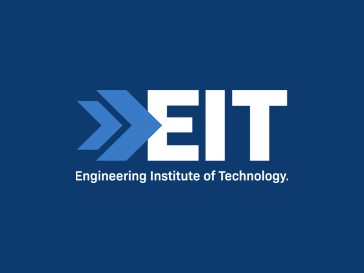Dear Colleagues
No matter how good a proposed solution seems to be it will have some unintended consequences and as engineering professionals this directly impacts on us. A couple of weeks ago we discussed the great new low energy LED lights. These have been installed as traffic lights in Portland and are saving big $ in energy. BUT…. they are the cause of numerous accidents. With the older lighting technology, a great deal of energy was wasted as a result of the heat that was generated to produce the light. Now, however, without the heat, snow and ice build up on the signals and hide the bright red, yellow and green LEDs and drivers can’t see who has right of way. Thanks very much to Robert Zonis for pointing out this unintended consequence in response to my blog.
Crudely put, unintended consequences can be grouped into three types:
* A positive unexpected benefit (a windfall)
* A negative effective opposite to what was intended – generally always referred as an unintended consequence
* A potential source of problems (e.g. Murphy’s Law)
The classical example is a bypass built to relieve traffic congestion on a road. The new road, however, attracts new development which results in more traffic – the unintended consequence - two congested busy streets.
Simply put, the Law states that each solution will have more than one effect and one of these will be an unforeseen negative side effect (which indeed, can be considerably more significant than any of the designed or intended side effects).
Another example is the proliferation of the very quiet hybrid or electric vehicles. Pedestrians (esp. those who are sight impaired or pre-occupied with the latest rap music on their iPods) don’t hear them coming. Will this result in legislation requiring vehicles to have minimum sound levels to avoid potential accidents? Another example is the introduction of these new graphic chips that give ultra fast games brilliant graphics. With the parallel processing capability of the chips, the password hacker is using these chips for his “Password recovery” software and is achieving password cracks in 3 to 5 days instead of months. Other much quoted examples of unintended consequences (although often riddled with misinformation, I might add): Windfarms. Apparently they kill migratory birds with their turbine blades. Bio fuels. They have apparently resulted in price hikes of foodstuff, such as corn, due to the incredible demand for ethanol - a more environmentally friendly fuel – which they are used to produce. Censorship. An often amusing consequence is when authorities try to censor a photo or some information, but find the exact opposite results (The Streisand effect).
Herewith, some suggestions to avoid being stung by the Law of Unintended Consequences when engineering your next project:
* Take time to consider the outcomes. Try to predict both the long term and immediate effects. Think laterally to include even the wildly impossible outcomes and consider possible impacts three or more steps into the future. Do not be impulsive! Think carefully and extensively.
* Talk to others (esp. well outside of your discipline) and consult them. You are not omnipotent and other perspectives would cast new lights on the problem. Avoid ‘group-think’ where everyone is locked into one way of thinking. Encourage dissent in your design circle to ensure lateral thinking.
* Research the problem. Nothing under the sun is new; and you may well find someone else has experienced an unexpected consequence to the project you are working on.
* Apply a risk management program to identify the risks on a continuous basis. Use Failure Mode and Effects Analysis (FMEA), employing fault trees, to assess potential failures.
* And as, the Happy Curmudgeon, remarked: Avoid management fads.
As an anonymous author wryly observed: Results are what you expect, and consequences are what you get.
Acknowledgements to Robert Zonis, The Happy Curmudgeon and Wikipedia for references used above.
Yours in engineering learning Steve
